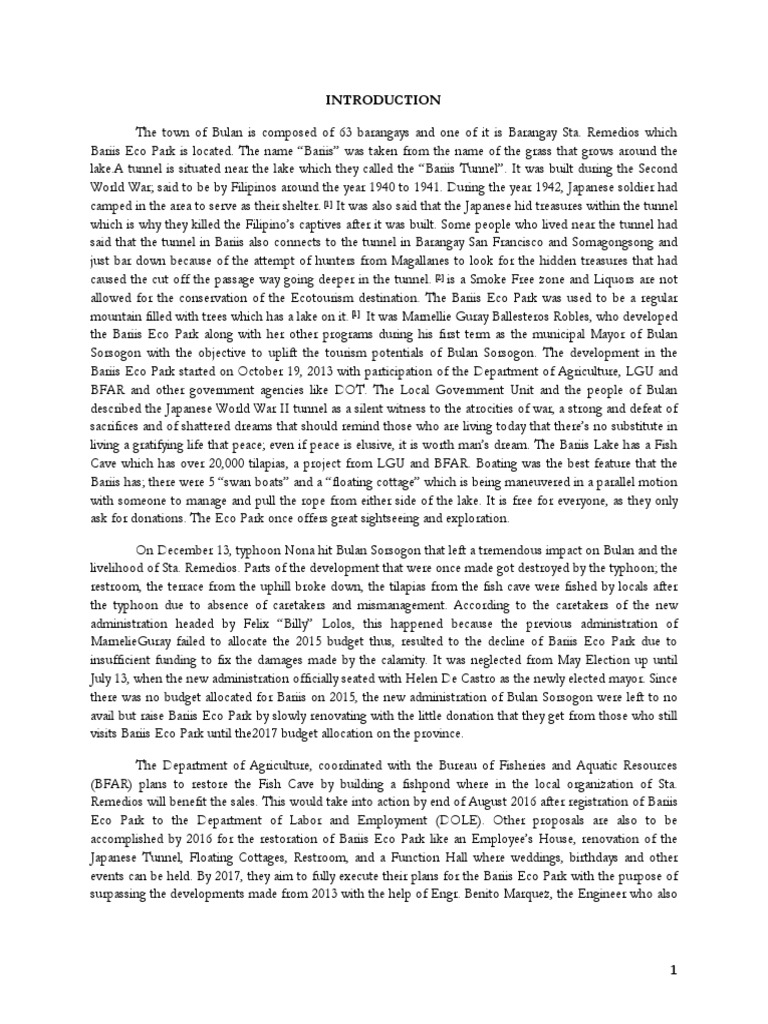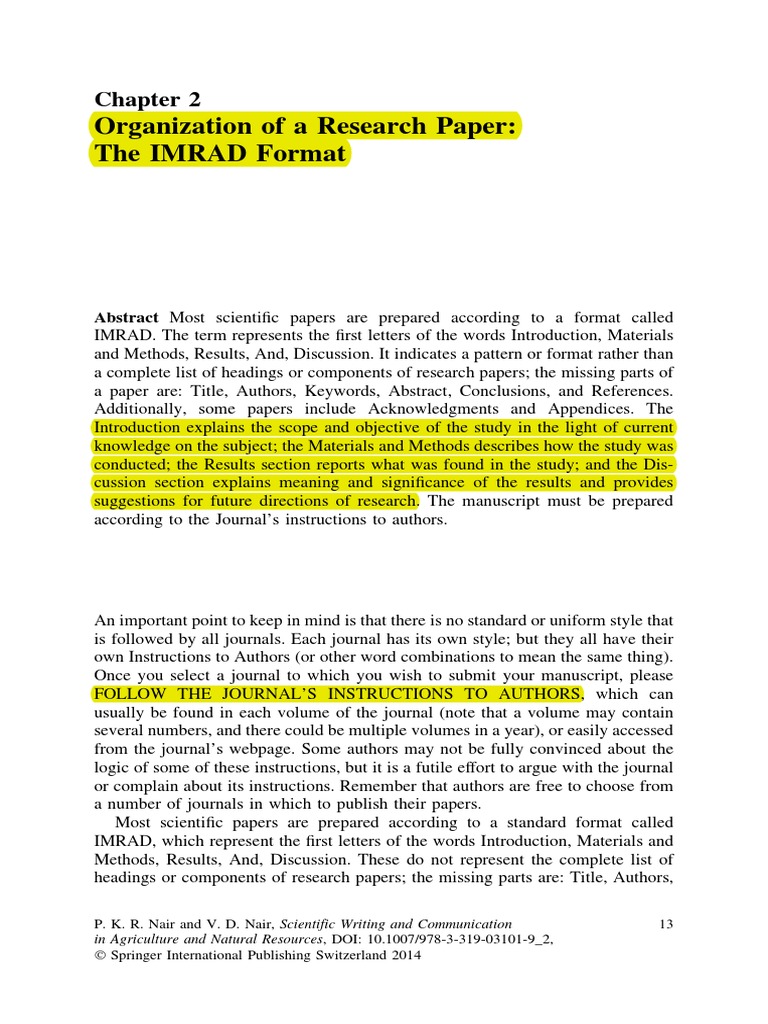
What is IMRAD?
“IMRaD” format refers to a paper that is structured by four main sections: Introduction, Methods, Results, and Discussion. This format is often used for lab reports as well as for reporting any planned, systematic research in the social sciences, natural sciences, or engineering and computer sciences. Introduction – Make a case for your research 01/10/ · Broadly, the IMRaD format consists of the following elements: Introduction Research question Significance of the research question Background and literature review of the research topic Methods Research methods employed to collect information Sources of information such as primary, secondary, qualitative, or quantitative 02/02/ · The IMRAD format is commonly used for reports written in the medical, health, biological, chemical, engineering, and computer sciences.

What is IMRaD?
“IMRaD” format refers to a paper that is structured by four main sections: Introduction, Methods, Results, and Discussion. This format is often used for lab reports as well as for reporting any planned, systematic research in the social sciences, natural sciences, or engineering and computer sciences. Introduction – Make a case for your research 02/02/ · The IMRAD format is commonly used for reports written in the medical, health, biological, chemical, engineering, and computer sciences. From onward, the complete format is the most used. The New England Journal of Medicine had a slightly different pattern. Until , continuous text, non-IMRAD headings, and case reports predominated. After , the IMRAD structure takes the lead. As an example, Figure 2 shows the text organization in the British Medical Journal from to The ascending Author: Luciana B Sollaci, Mauricio G Pereira

Outline of Scholarly Writing
Methods. The Methods section describes exactly what you did to gather the data that you use in your paper. This should expand on the brief methodology discussion in the introduction and provide readers with enough detail to, if necessary, reproduce your experiment, design, or method for obtaining data; it should also help readers to anticipate Judgmental or expert sample are the other terms for purposive sampling method. It is a kind of nonprobability sample that aims to produce a sample that can be logically assumed to be the representative of the population. It is a sampling method “IMRaD” format refers to a paper that is structured by four main sections: Introduction, Methods, Results, and Discussion. This format is often used for lab reports as well as for reporting any planned, systematic research in the social sciences, natural sciences, or engineering and computer sciences. Introduction – Make a case for your research

Using IMRAD
01/10/ · Broadly, the IMRaD format consists of the following elements: Introduction Research question Significance of the research question Background and literature review of the research topic Methods Research methods employed to collect information Sources of information such as primary, secondary, qualitative, or quantitative From onward, the complete format is the most used. The New England Journal of Medicine had a slightly different pattern. Until , continuous text, non-IMRAD headings, and case reports predominated. After , the IMRAD structure takes the lead. As an example, Figure 2 shows the text organization in the British Medical Journal from to The ascending Author: Luciana B Sollaci, Mauricio G Pereira 02/02/ · The IMRAD format is commonly used for reports written in the medical, health, biological, chemical, engineering, and computer sciences.

Writing in Different Genres
15/06/ · IMRaD is an acronym for Introduction, Methods, Results, and Discussion. It describes the format for the sections of a research report. The IMRaD (or IMRD) format is often used in the social sciences, as well as in the STEM fields. IMRD: The Parts of a Research Paper. Credit: IMRD: The Parts of a Research Paper by Wordvice Editing Service on Author: Michele Nicole Johnson 01/10/ · Broadly, the IMRaD format consists of the following elements: Introduction Research question Significance of the research question Background and literature review of the research topic Methods Research methods employed to collect information Sources of information such as primary, secondary, qualitative, or quantitative From onward, the complete format is the most used. The New England Journal of Medicine had a slightly different pattern. Until , continuous text, non-IMRAD headings, and case reports predominated. After , the IMRAD structure takes the lead. As an example, Figure 2 shows the text organization in the British Medical Journal from to The ascending Author: Luciana B Sollaci, Mauricio G Pereira
No comments:
Post a Comment